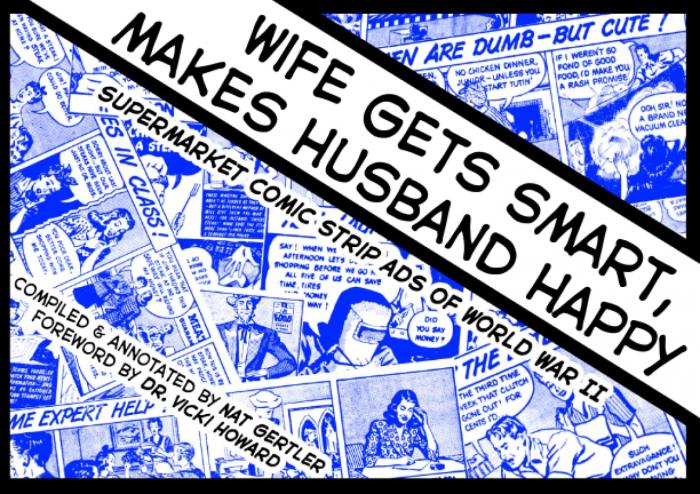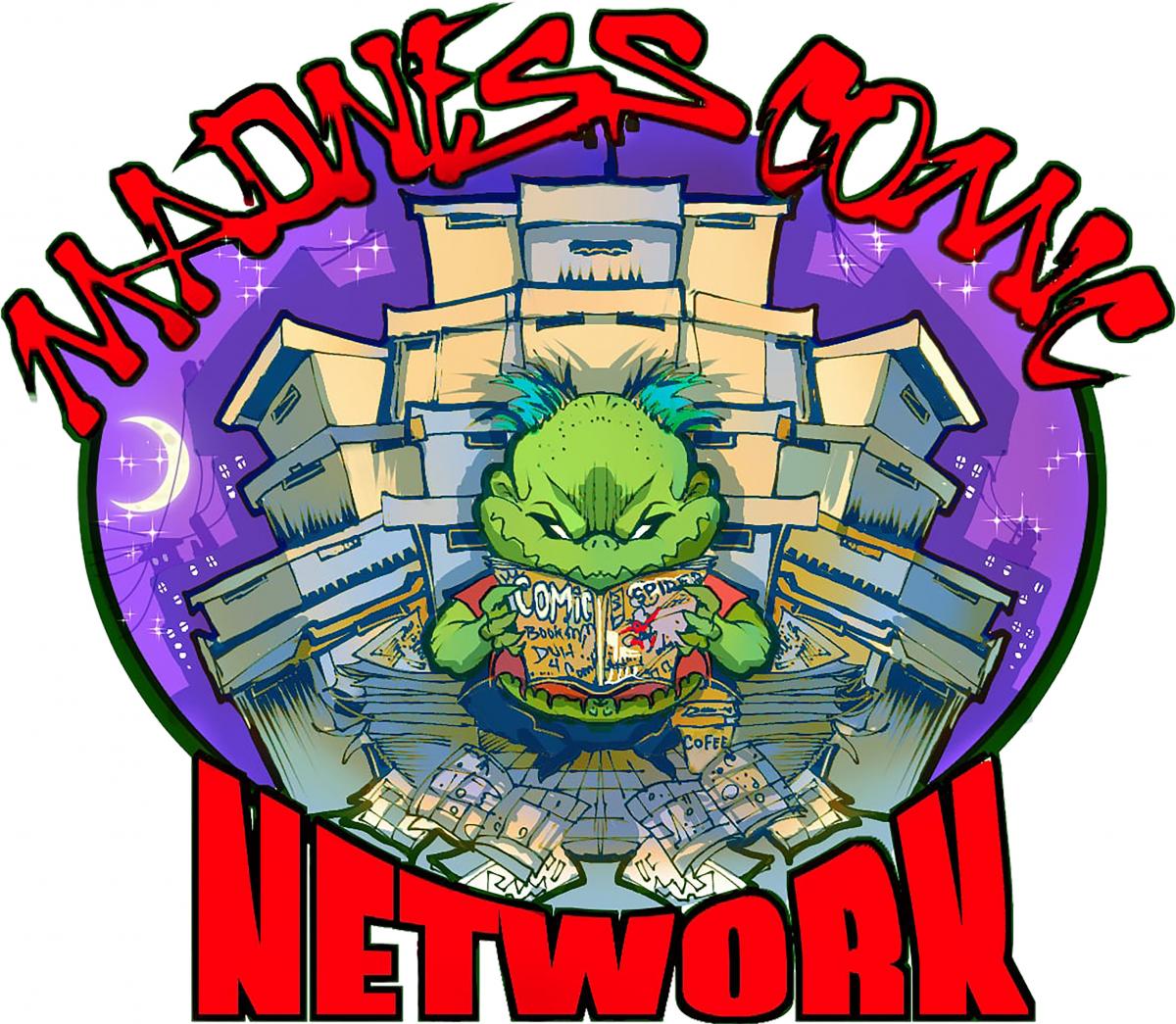Wife Gets Smart, Makes Husband Happy
FTC Statement: Reviewers are frequently provided by the publisher/production company with a copy of the material being reviewed.The opinions published are solely those of the respective reviewers and may not reflect the opinions of CriticalBlast.com or its management.
As an Amazon Associate, we earn from qualifying purchases. (This is a legal requirement, as apparently some sites advertise for Amazon for free. Yes, that's sarcasm.)

It may sound like the title of the latest romance manga, but Nat Gertler's Wife Gets Smart, Makes Husband Happy is a time capsule of comic strips that gives insight to an era in the United States where food rationing was enforced and families were encouraged to grow their own food so that more processed food was available for American soldiers.
This compilation showcases strips that were published, not in the funny pages, but on the grocery ad pages, with the largest section of the book devoted to those put out by Safeway. The focus was frequently on young wives and the trials of having to make a nickel go the distance of a dime. Invariably a witty friend or an exasperated husband would clue in the harried housewife to the deals that could be had at Safeway -- which was something of a novelty in the way people shopped for groceries, in that you actually went up and down aisles and served yourself to the stock and produce available, checking out at the register near the door. That's normal today, but in an age where the common method was telling the store clerk what you needed and then waiting for him to collect it all and ring you up, the process was unique -- and one of the reasons why Safeway was able to charge less (on top of the "all under one roof" sales approach and the other unique innovation the store employed: the parking lot!)
The latter third of the book reprints the single-panel comics, which tried to be more humorous than informative, and the attempts by other companies to emulate the Safeway sequential art model by producing a sort of "Your Name Here" strip that allowed local chains to insert their own store name into the text balloons -- often in a very obvious cut-and-paste fashion (with literal scissors and literal paste).
Gertler elevates this above a simple strip collection book by providing useful and informative commentary throughout, giving context to some of the situations played out so that the reader has a better understanding of how readers of the time would relate. It's a history book about mid-20th century America, a practical guide in using sequential art to quickly convey a message, and -- if you happen to be a collector of grocery store memorabilia (yep, they exist) certain a book you'd want to have on your shelf. Given the amount of time it took to collect these strips and the research that went into their creation, this book deserves a good lauding.


